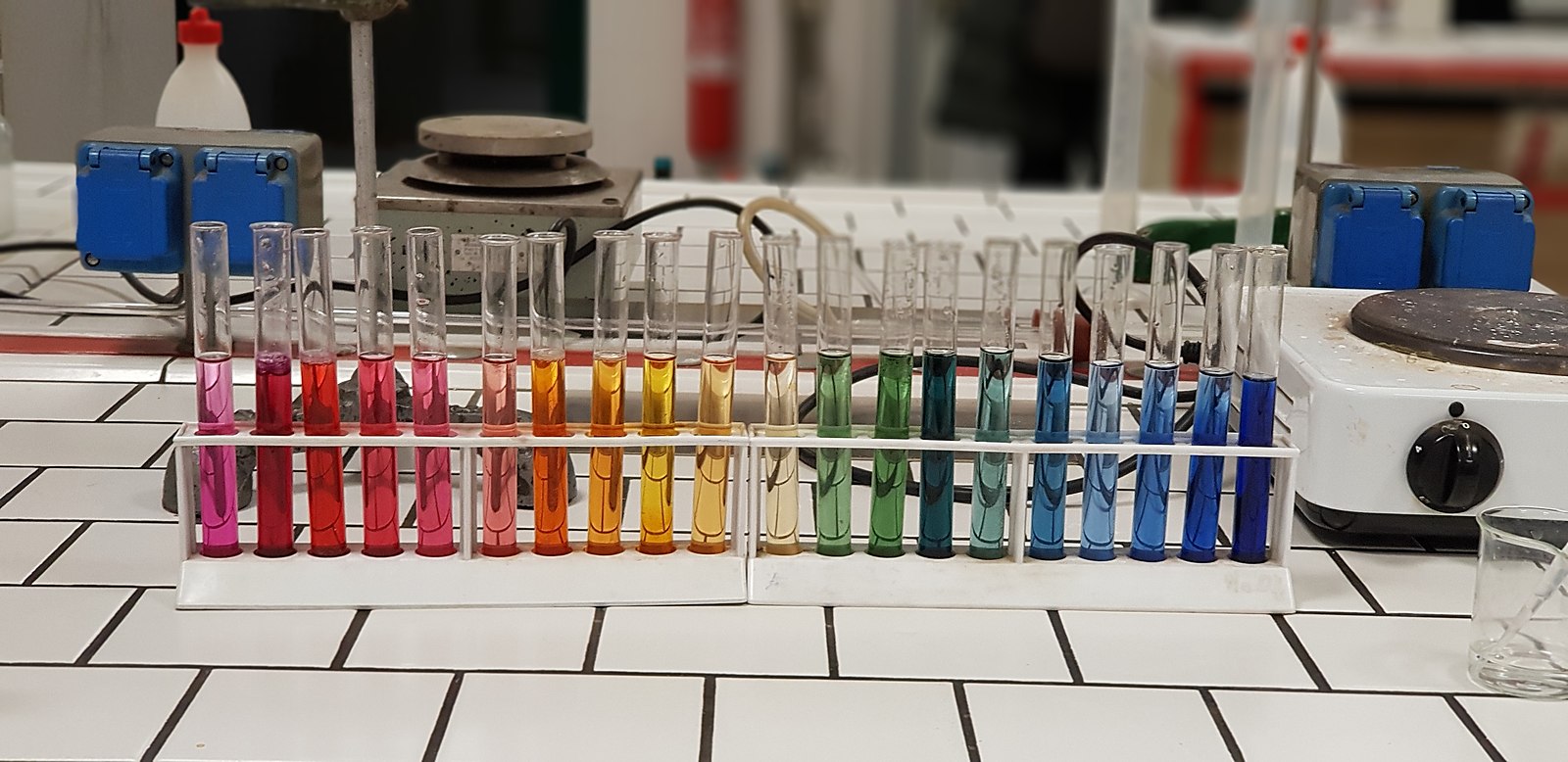Honey is an intriguing substance, with a pH range that can vary from 3.4 to 6.1, depending on the floral sources used by bees to create it. This acidic nature of honey is often surprising to those who associate acidity with a harsh or strong taste. However, the pH of honey is a crucial factor that influences its properties and potential health benefits.
Understanding the Acidity of Honey
The average pH of honey is around 3.9, which is due to the presence of various acids, including 18 amino acids, organic acids, aliphatic acids, and aromatic acids. Among these, gluconic acid is the primary organic acid, representing 70% to 90% of the total acid makeup of honey.
The acidity of honey is influenced by the floral sources used by bees to make it. Honey bees collect nectar from millions of flowers, and the actual pH of honey depends on the specific floral sources used. This variation in pH is why there is a range of measurements when it comes to the acidity of honey.
Honey’s Transformation in the Body
When honey is consumed, it undergoes a remarkable transformation. Despite its acidic nature, honey becomes alkaline (more basic) in the body due to the actions of the stomach and digestive system, which break down the components into more basic materials. This alkaline-forming property of honey is beneficial for those who may be concerned about consuming an acidic substance.
Fermentation and Acidification
Honey’s acidity can increase over time due to fermentation, which is the same process by which homemade wine often turns into vinegar. Fermentation is caused by osmophilic yeasts that act on the glucose and fructose in honey, forming alcohol and carbon dioxide. Alcohol, in the presence of oxygen, can be broken down into acetic acid and water, which makes the fermented honey more acidic.
To prevent fermentation and acidification, honey can be pasteurized by heating it to a high temperature to kill the yeasts and bacteria that cause fermentation. This process helps to maintain the honey’s pH and prevent it from becoming overly acidic over time.
Honey Water: Balancing Acidity and Alkalinity
Honey water, a popular beverage made by diluting honey in water, can be a great way to enjoy the benefits of honey while also addressing concerns about its acidity. The addition of water can help to dilute the honey’s acidity, making it more palatable and easier to consume.
When preparing honey water, it’s important to consider the pH of the water used. Ideally, the water should have a neutral pH (around 7) to help balance the acidity of the honey. This can create a more balanced and pleasant-tasting beverage that still retains the unique flavors and potential health benefits of honey.
Conclusion
The pH of honey is a fascinating aspect of this natural sweetener, ranging from 3.4 to 6.1 depending on the floral sources used by bees. While honey is an acidic substance, it becomes alkaline in the body when consumed, making it a versatile and potentially beneficial addition to one’s diet.
By understanding the acidity of honey and the factors that can influence it, such as fermentation, we can better appreciate the complexity and nuances of this remarkable natural product. Honey water, in particular, can be a delightful way to enjoy the benefits of honey while also addressing concerns about its acidity.
References:
– https://www.mannlakeltd.com/blog/is-honey-acidic-or-alkaline/
– https://carolinahoneybees.com/ph-of-honey/
– https://www.dadant.com/learn/which-acids-are-present-in-honey/
– https://byjus.com/question-answer/is-honey-acidic-or-alkaline/
– https://www.medicalnewstoday.com/articles/honey-for-acid-reflux

